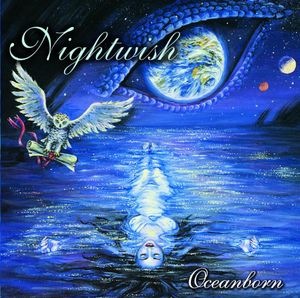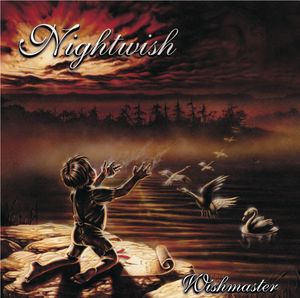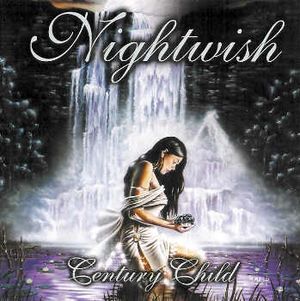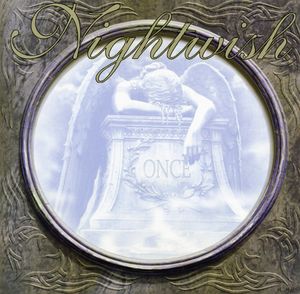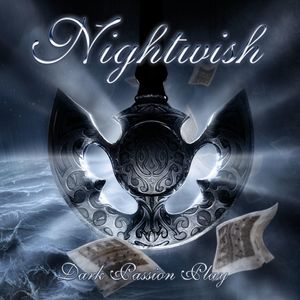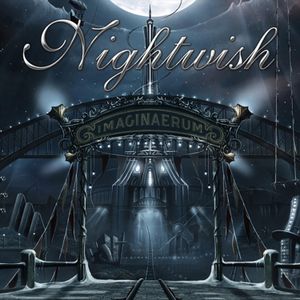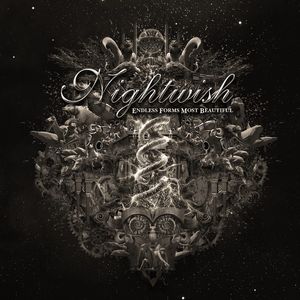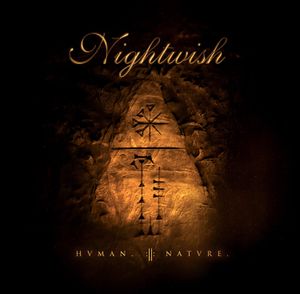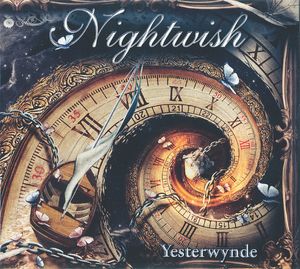

Follow Your Favorite Band Today!
Top Nightwish Community Posts
Albums
Story of Nightwish
Hailing from Kitee, Finland, Nightwish exploded onto the symphonic metal scene in 1996. Founded by keyboardist and primary songwriter Tuomas Holopainen, guitarist Emppu Vuorinen, and vocalist Tarja Turunen, the band quickly added drummer Jukka Nevalainen and bassist Sami Vänskä after their 1997 debut, Angels Fall First. Marko Hietala joined in 2001, taking over bass duties and contributing male vocals, a role previously handled by Holopainen or guest artists.
While initially popular in Finland, Nightwish’s international breakthrough came with Oceanborn (1998), Wishmaster (2000), and Century Child (2002). Their 2004 masterpiece, Once, sold over a million copies, catapulting them to US success. The album spawned the hit single "Wish I Had an Angel," receiving significant MTV airplay and featuring on three major US film soundtracks. Once also yielded three more singles, two music videos, and a re-recorded "Sleeping Sun" for the 2005 compilation Highest Hopes: The Best of Nightwish. However, this period ended with Turunen`s departure in October 2005.
Anette Olzon stepped in as vocalist in May 2007, leading to the release of Dark Passion Play that September. This sixth album solidified Nightwish`s global status, selling nearly two million copies.
Bands you may like
More Metal Bands
Explore MetalDiscover more bands in the Metal genre and explore the diverse sounds that define this musical style.
Browse All Metal BandsMore Bands from Finland
Explore FinlandDiscover the rich musical heritage of Finland and explore bands that represent the country's unique sound and culture.
Browse All Finland Bands

